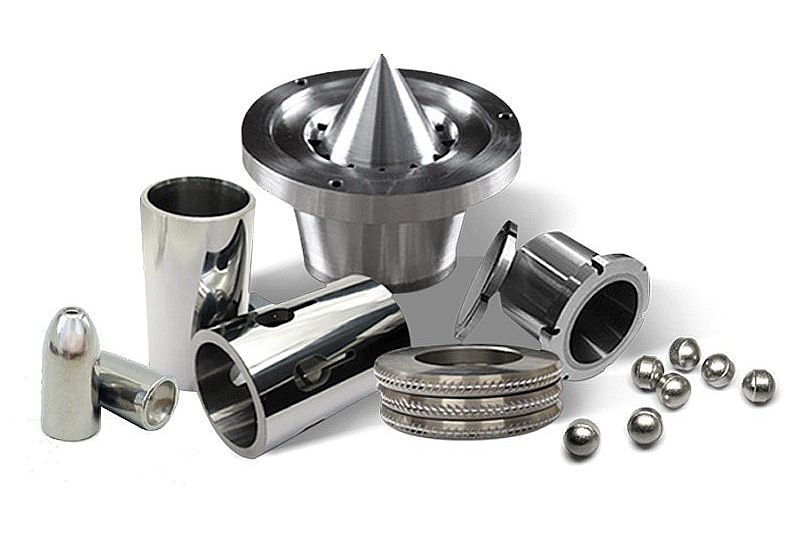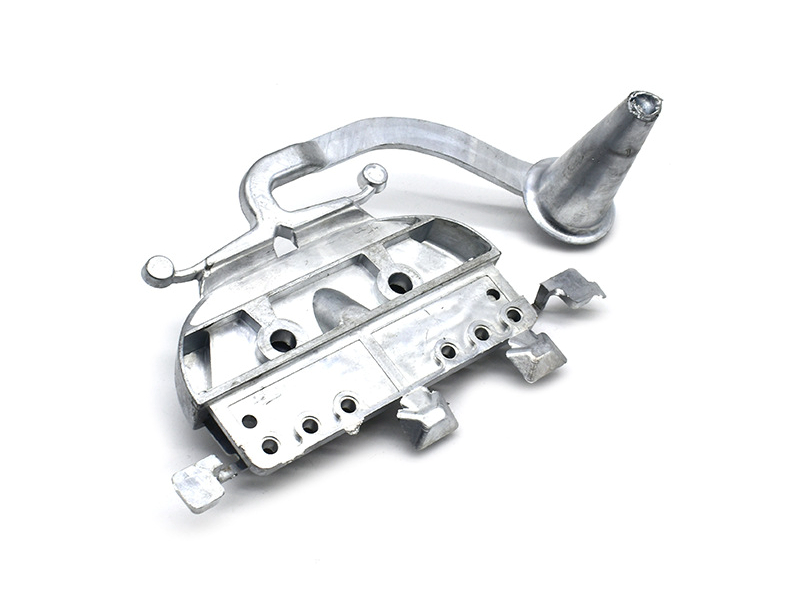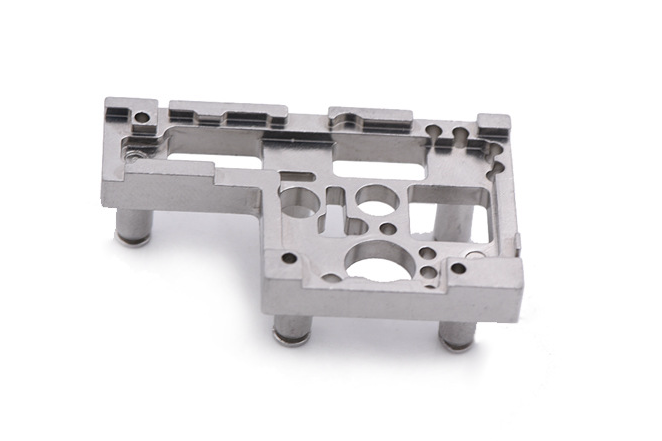Which surface treatments best ensure long-term stability for RF connectors?
For RF connectors operating in high-frequency environments, long-term stability depends on both electrical performance and corrosion resistance. Metal injection molding of alloys like MIM 17-4 PH or MIM 316L provides structural integrity, but surface treatments are essential to ensure stable conductivity, low contact resistance, and durability under thermal cycling and humidity. The internal contact areas of RF connectors must maintain smooth, conductive surfaces while the external housing often requires protective coatings to prevent oxidation, wear, and galvanic reactions.
Critical Requirements for RF Connector Surfaces
The key performance indicators include contact resistance, shielding integrity, resistance to fretting wear, and stable RF characteristics over time. Surface treatments must reduce surface roughness, improve conductivity, and protect from corrosion. Electrode interfaces typically receive higher-conductivity plating, while housing surfaces prioritize corrosion resistance. For prototype testing of plating thickness and contact behavior, 3D printing prototyping or CNC machining prototyping is often used before transitioning to full metal injection molding production.
Recommended Surface Treatments
To enhance conductivity and protect key RF contact points, electroplating is widely applied. Silver and gold plating deliver excellent conductivity, while nickel underlayers provide diffusion barriers and hardness. If internal cavity roughness needs refinement before plating, processes such as polishing or electropolishing are effective in reducing RF losses caused by surface irregularities and skin effect.
For external housings or connectors exposed to humidity and wear, surface protection processes like PVD, black oxide coating, and Teflon coating can improve wear resistance, enhance corrosion protection, and prevent material migration at mating interfaces. When galvanic corrosion is a concern, phosphating or galvanizing may be applied as a base layer before final conductive plating.
Integrated Process for Stable Connectors
An effective approach involves multi-stage surface engineering. First, surface roughness reduction using brushed finishing or tumbling ensures consistent contact areas. Next, conductive plating is applied in precise thickness to minimize transmission loss. Finally, protective coatings extend connector lifespan in harsh environments. Housing components requiring lightweight solutions may also be produced via injection molding with secondary metallization for EMI shielding.
During validation, it is essential to perform humidity, salt spray, insertion cycle, and high-frequency testing on connector samples. RF performance must be measured after environmental exposure to verify that contact resistance and shielding effectiveness remain within tight limits. If deviations occur, adjustments to plating thickness, base alloy choice, or protective coating layers are made before mass production.
Conclusion and Design Guidelines
Prioritize conductivity and surface smoothness for internal contact areas through electropolishing and precision plating.
Protect external surfaces using wear-resistant coatings such as PVD or Teflon to resist humidity and handling damage.
Use metal injection molding for consistent cavity geometry and rely on finishing standards to control RF stability.
Validate connector durability through environmental and insertion cycle testing.
Integrate plating and protective layers into early design reviews to ensure manufacturability and repeatability.



